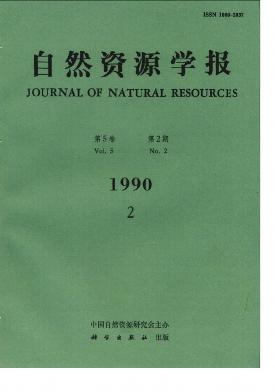Special Column:Celebration of the 70th Anniversary of IGSNRR, CAS
Wang Zhentang, Sheng Lianxi
This paper deals with the impact of human activities on forest and ecology resources in the watershed of the Tumen River. It shows that the key factor that makes forest deteriorate and ecological conditions worsen is population growth. In the last century the population increased by more than a hundrand times. As a result, 83% of the forest vegetation was des'-royed.The statistic data give us a regression equation of population (P) with respect to time(T)P = a×*exp [bXP -c/P)] where a = 0.9378,b= 0.035694And at the same time, the area of virgin forest (S) with respect to population (P) could be expressed by the equationS (P)=2×exp [-(bXP-c/P)]where S is the area of virgin forest, P is the population number, a = 1.8023, b= 0.023, and c = 0.0289Of course, what we has lost is not only a forest itself but also its by-products. The paper tries to analyze the ill effects of vegetation deterioration on natural resources historically. For example, the fur of marten, which is a precious fur and is one of the so-called three-treasures of the Northeast, has been analyzed quantitatively.
